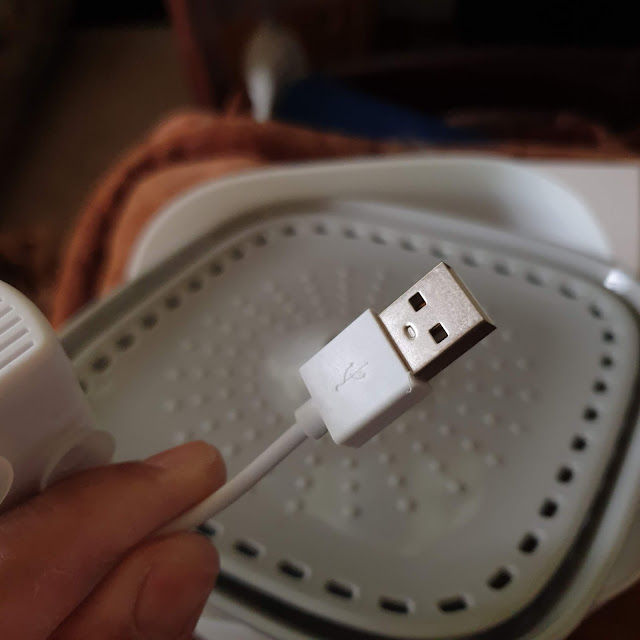 |
| Peanut drinking water. The fountain is low enough for a kitten to use. Photos by Flickr/Jep. |
I have always wanted to buy a water fountain for my pets. The family has been steadily growing and a simple pet water bowl fitted with a 1.5-liter soda bottle as its reservoir just doesn't cut it anymore.
Unlike many other animals, cats have a naturally low thirst drive. This means they are less inclined to drink water regularly and mostly get their fluids from their prey, which can put them at risk for dehydration if they have a mostly dry kibble diet - a condition that can have serious implications for their health. Cat dehydration may lead to urinary tract problems, kidney issues, and other complications. Ensuring adequate water intake supports healthy kidney function by flushing out waste products and toxins from their bodies. It also plays a vital role in maintaining a healthy urinary tract, reducing the risk of urinary tract infections and the formation of urinary crystals or stones.
As a cat owner, I have long considered buying a pet water fountain to address these hydration concerns. I finally took the plunge when I spotted a 3-liter pet water fountain on sale on Lazada. This device, while unsophisticated, serves its purpose well. It consists of a USB-powered submersible pump connected to clear tubing, with water flowing out through a hole at the top and circulating back to the reservoir via a filter. However, it lacks certain safety features, such as a low-water-level warning or an automatic shut-off function. To compensate, I have positioned it in a visible area of the house to ensure I can quickly detect when water stops flowing. The advantage of having a USB-powered pump is that you can keep it flowing using a power bank during power outages.
Although the unit was purchased during a sale, upkeep and maintenance are inexpensive. You may need to replace the actual submersible pump from time to time and replacement filters are readily available online. Alternatively, you can buy filter material in bulk from pet or hobby shops (such as those for aquariums) and cut it to fit the filter compartment.
Initially, my cats were cautious, as expected. However, they soon grew to love the fountain, and their water intake has noticeably increased - a fact I can confirm by the additional "pee balls" I scoop from their litter box. It turns out cats often prefer moving water sources to stagnant ones, which makes this fountain an excellent choice for them.
This investment feels especially worthwhile considering a friend’s recent experience with his cat’s urinary blockage - a medical emergency that required immediate attention. Following the vet's advice, he transitioned his cat to a wet-food diet (eliminating dry kibble entirely) and introduced a pet water fountain to encourage hydration.
Over time, I upgraded the submersible pump in my fountain to a model featuring LED lights. This enhanced the fountain's functionality by allowing me to easily monitor the water level without having to remove the cover. When making similar modifications, be sure to select a pump compatible with the fountain's silicone tubing and one with a low flow capacity to maintain a gentle trickle otherwise the water will just shoot straight up in the air and splash everywhere. Most pumps offer flow-rate adjustments, but choosing carefully can help you avoid a big mess - a lesson I learned the hard way!


















No comments